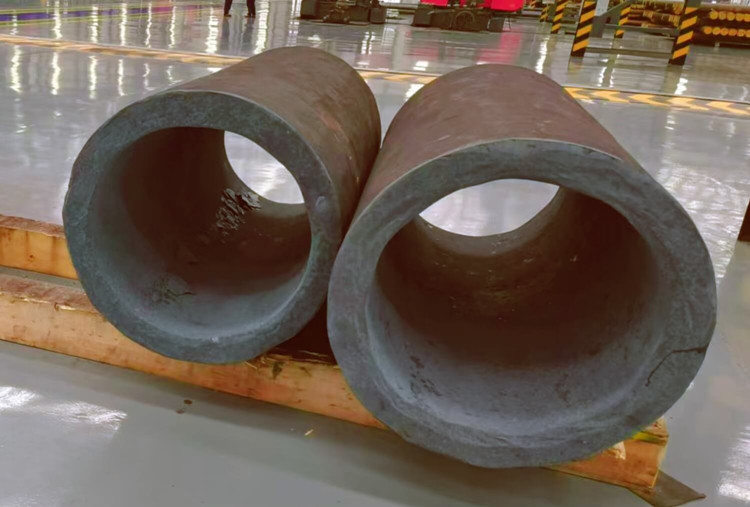- tyler@kirail.com
- +86 15603721115
Hardenability are performance indicators that characterize the hardening ability of steel forgings, and are also an important basis for selecting and using materials. Hardenability is the maximum hardness that can be achieved under ideal conditions. The main factor that determines the degree of hardening is the carbon content of forging, or more precisely, the carbon content that is dissolved in austenite during quenching heating. The higher the carbon content, the higher the degree of hardening of the steel. Although the alloying elements in steel have little effect on the hardenability of steel, they have a great impact on the hardenability of steel.
Hardenability is a characteristic that determines the hardening depth and hardness distribution of steel under specified conditions. That is, the ability to obtain the depth of the hardened layer when steel is quenched is an inherent property of steel. Hardenability actually reflects the difficulty of austenite to transform into martensite during quenching. It is mainly related to the stability of supercooled austenite in steel, or to the critical quenching cooling rate in steel.

Why do forgings need to be quenched?
Observe the metallographic structure and hardness distribution curve on the cross section of the cooling medium after quenching. The section line is martensite, and the rest is non-martensite, that is, the structure before quenching. As can be seen from the figure, the martensite area of the steel bar on the right is deeper, so its hardenability is better, and the martensite hardness of the material on the left is higher, that is, the quenching is better. The cooling rate of each part of the forging section during quenching is not the same. The surface cooling rate is the largest, and the cooling rate is slower as it moves toward the center. If the cooling rate of the forging surface and the core is greater than the critical cooling rate of the steel forging, the martensite structure can be obtained along the entire cross-section of the forging, that is, the steel forging has been completely hardened. If the core is lower than the critical cooling rate, martensite is obtained on the surface and non-martensite structure is obtained in the core, indicating that the steel forging has not been hardened.
How to measure the hardenability of forgings?
In production, the effective hardenability of steel forgings is usually expressed by the effective hardening layer depth, that is, the vertical distance from the surface to 50% (volume fraction) martensite. The effective hardening layer depth is also expressed by measuring the vertical distance from the surface to a certain specified hardness. For example, the depth of induction hardening (DS) and the depth of chemical heat treatment (DC) are measured by the vertical distance from the surface to the specified hardness.
Why do forgings need to be tempered?
The energy distribution of mechanical parts after quenching and tempering is shown in the forging diagram for steels with different hardenability. The mechanical properties of steels with high hardenability are unevenly distributed along the cross section, while steels with low hardenability have lower mechanical properties and toughness in the core. This is because the steel with high hardenability after tempering has a granular tempered troostite structure from the surface to the inside, and has good toughness; the steel with low hardenability has a weak ferrite structure from the surface to the inside, and has low toughness.